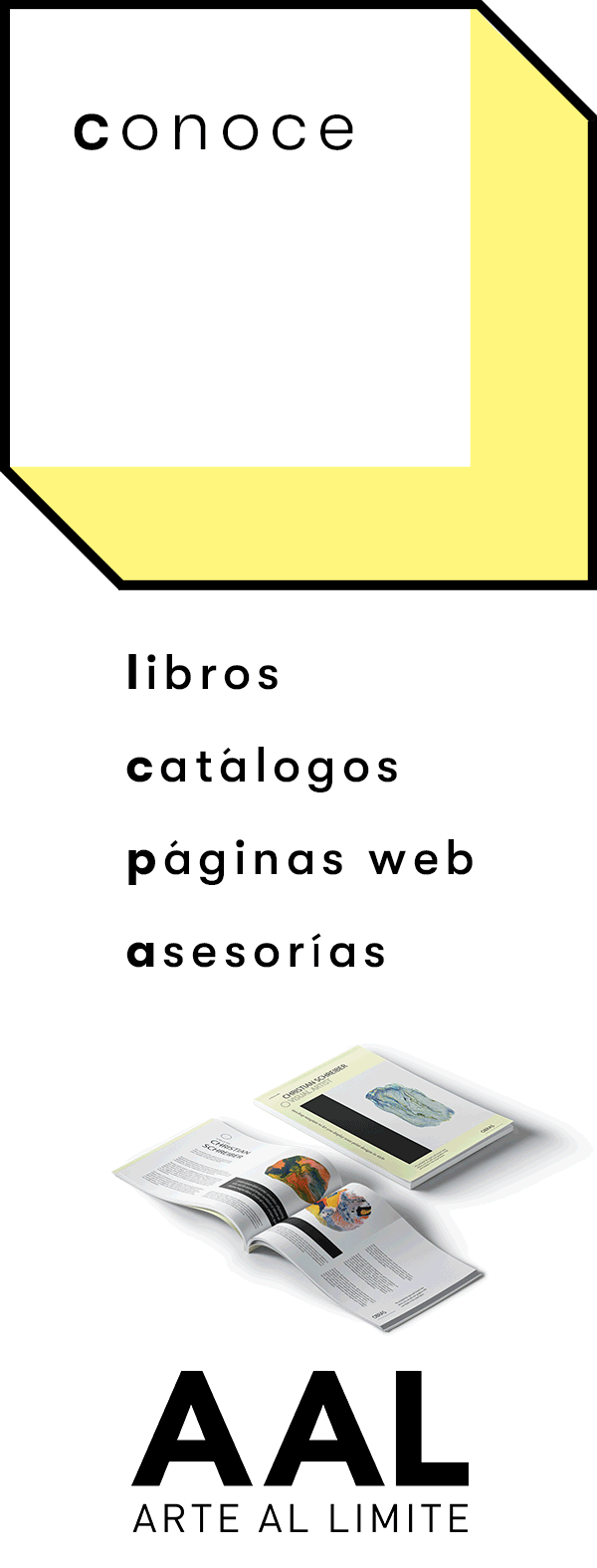At the age of three, he held a pencil. Santiago Caradeux explores his innate skill to paint stoic women and colorful landscapes. After 34 years doing military service in Chile, today, he dedicates to arts.
Santiago himself is his best critic. He knows that there is no job more prone to criticism than art. Therefore, he and his wife approve each of his works before anyone else. After ending military service at his 53 years, Santiago Caradeux realized he did not have anything to do, so painting turns his new job.
Art came to him as a gift. His wife, Patricia, gave him a canvas three years ago. Santiago was always curious about art and, as he spent hours looking at his deceased friend Carlos Catasse painting in Ecuador, he asked himself, “Would I do that sometime?” Valparaiso bay at night was his first work, a landscape whose ruby-colored sands decorates walls of his workshop in San José de Maipo.
Strongly influenced by Catasse – whom Caradeaux himself considers a master – Santiago gives life to women with deep looks and impassible attitudes. “Is there anything more beautiful than women?,” Caradeaux said smiling. However, he gives spaces to landscapes that resemble Toscana meadows, Southern damp Chilean landscapes, and stormy oceans that, many times, slow down on other canvas.
Santiago’s women emerge from his imagination. Sometimes, they arise from dreams. Santiago wakes up at 7 o’clock, generally with a painting sailing right over his head. Even though he can end a painting on just one morning, Caradeux takes advantage of the comfort of his workshop to dedicate the necessary time on each work. “The most difficult thing is to know when to end a painting because there are always details left,” Santiago confirms. He admits that he started being an anxious painter, but experience granted him the peace necessary to work calmly. That patience is what stops him when retouching his paintings. “Sometimes, when you want to improve something, you ruin it,” Caradeux said. According to him, security of a painter depends on impassiveness, persistence, and confidence on the result.
Although his hidden talent has given him recognition, Santiago’s persistency is what has made him success. Caradeux has sold his works to collectors and enthusiasts from United States, Israel, Germany, France, among others. These days, he is organizing a selling of one of his beloved works: Constanze. Every one of his women has a name. Constanze, a white-skinned woman with blue eyes and brown hair covered by a red-wine cloth, could have a new owner in Colombia. “I have succeed abroad,” Santiago states. Besides selling his works abroad, the artist receive periodically invitations to fairs and galleries in Milan, Bolonia, Teheran, Tel Aviv, among other cities of the continent. Months ago, Santiago was negotiating his entrance to one of the most important galleries of Switzerland. “We have to look beyond horizon, horizon is out there,” Caradeux said.
Santiago does not like to limit himself. Despite choosing figurative art, the artist has experienced abstract painting too. On his series Quijotes, his delightful taste of colors and geometry – usually seen on cubism – blend until they turn into landscapes that break up and reassemble scenarios Cervantes built on his books. For Caradeux, each painting is a project that, while these are being developed, can be modified. Santiago is under constant metamorphosis thanks to feedbacks of those who admire his works and his artist fellows. “Being up-to-date is essential,” the painter comments.
With his self-taught training, Santiago lived far away from city to paint in the quietness of his house in San José de Maipo. In his workshop, along with his wife’s easel and his own, works are born, works that resemble que peace of countryside and patience each work requires. Despite being a retired soldier, discipline and tenacity are the characteristics – which were acquired in the Army – he applies each morning when thinning oil paintings and starts to paint.








